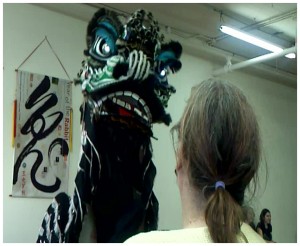
There is a saying in India that a person can have many teachers, but only one master. Some of the common elements in this relationship include:
The establishment of a teacher/student relationship.
A formal recognition of this relationship, generally in a structured initiation ceremony where the guru accepts the initiate as a shishya and also accepts responsibility for the spiritual well-being and progress of the new shishya. Sometimes this initiation process includes the conveying of specific esoteric wisdom and/or meditation techniques.
Gurudakshina, where the shishya gives a gift to the guru as a token of gratitude, often the only monetary or otherwise fee that the student ever gives.
Traditionally, in Chinese martial arts, sifu was used as a familial term and sign of respect as in the general usage.
The term takes on a more intimate context when a student becomes a formal student or disciple of the teacher. The acceptance as a student is a very formal event, usually requiring a discipleship ceremony called bai shi. After the ceremony, the relationship is defined as a more direct parent/child context and usage takes on this term rather than a generic sign of respect for skill and knowledge.
The Cantonese word sifu is translated into English as master. It can refer to either a master carpenter or a Master-Parent. The ambiguity arises when the Student chooses a Master who does not reciprocate the commitment. It can lead to disappointment and misunderstanding.
To paraphrase the Grail Knight from Indiana Jones and the Last Crusade: one must choose, but choose wisely.

Leave a Reply
You must be logged in to post a comment.